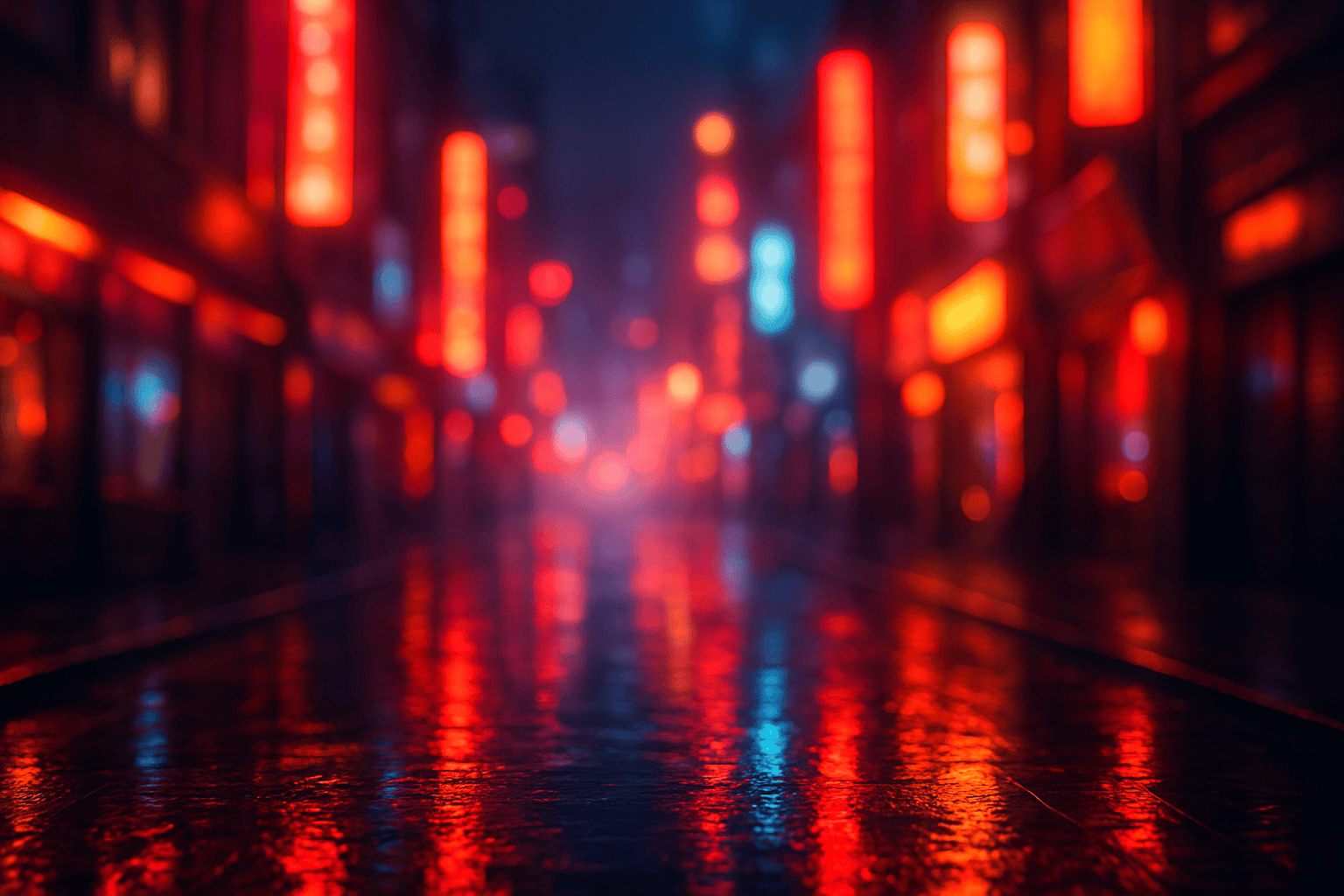What Is It?
Sora is OpenAI’s state-of-the-art text-to-video model. Give it a prompt (or an image/short clip), and it composes a video—complete with motion, style, and coherent scenes—up to about a minute long. It’s built on diffusion + transformer techniques under the hood, but you don’t need a PhD to use it—you just describe what you want and let the model do its thing. OpenAI
OpenAI is now rolling Sora out more broadly: the new Sora 2 is available to try for free with generous limits, and Sora 2 Pro is included for ChatGPT Pro subscribers, with API access planned. OpenAI
Key Features
Text-to-Video (and Image-to-Video)
Type a scene (“a rainy street in Tokyo, neon reflections, tracking shot”), upload a still, or extend a short clip—Sora turns it into a coherent video with consistent motion and detail. OpenAI+1
Variable Resolutions & Aspect Ratios
Outputs fit different canvases—from widescreen to social-friendly vertical formats—so your footage doesn’t look like it was shoehorned into the wrong frame. (OpenAI showcases varied formats in the product site and demos.) OpenAI
Multi-Shot & Cinematic Sequences
Sora can stitch multiple shots and maintain character/scene continuity for a more “edited” feel—storyboards and concept reels come together faster. OpenAI
Efficient Prototyping
Create quick previews to iterate on style, framing, or motion before rendering the higher-quality version. (OpenAI’s workflow emphasizes rapid exploration, then polishing.) OpenAI
Safety & Provenance (C2PA)
OpenAI says Sora videos include visible watermarks and embed C2PA metadata—standardized content credentials that help identify AI-generated media. (Caveat: provenance tech has limits; see “What Needs Work.”) OpenAI+1
Real-World Use Cases
- Education: Generate visual explainers, lab simulations, or virtual museum walk-throughs for lessons that stick.
- Healthcare Training: Illustrate procedures or anatomy for students and patients—no film crew required.
- Urban Planning & Architecture: Animate “what if” scenarios for streetscapes, parks, or historical reconstructions.
- Media & Marketing: Rapidly spin up storyboards, pre-vis reels, ad concepts, or mood pieces to test ideas with stakeholders.
- Studios & Creators: Prototype styles, set pieces, and camera moves before committing to costly production.
(These align with how OpenAI positions Sora—as a fast, creative sandbox for moving from “words to worlds.”) OpenAI+1
What We Love About It
Accessibility: Making a good-looking clip no longer requires a camera, cast, or editing bay. Sora levels the playing field for teachers, marketers, and indie creators. OpenAI
Creative Freedom: If you can imagine it (and describe it), Sora will usually give you something in the ballpark—often with striking composition and motion. OpenAI
Technical Sophistication: For a model this young, Sora shows impressive temporal consistency and scene coherence across longer (≈60s) generations. OpenAI
Flexible Formats & Workflow: The product experience encourages quick drafts → refined renders, and it’s designed to play nicely with downstream editing. OpenAI
Built-in Provenance Signals: Watermarks plus C2PA metadata are steps toward responsible roll-out in a world already swimming in synthetic media. OpenAI+1
What Needs Work
Output Consistency: Like most generative video tools, Sora can still “hallucinate” or produce odd artifacts. You’ll get hits—and a few misses—especially on complex prompts. (That’s normal for 2025-era video models.) OpenAI
Personalization Controls: There’s not yet deep, user-level style learning or preference modeling exposed as a first-class feature. (OpenAI hasn’t emphasized this; some rivals pitch stronger custom controls.) OpenAI
Provenance Reality Check: While OpenAI states Sora outputs include watermarks and C2PA tags, independent testers note caveats (e.g., conditions where metadata differs or can be stripped). Translation: treat C2PA as helpful, not foolproof. OpenAI+1
Early-Stage UX: Great prompts still matter. Ambitious, multi-constraint instructions can trip the model, requiring iteration to land the exact shot. OpenAI
How It Compares
Sora (OpenAI)
- Edge: Longer, coherent clips (≈60s) and cinematic composition; now broadly accessible with Sora 2 (free to start) and Sora 2 Pro in ChatGPT Pro.
- Watch-outs: Occasional artifacts; provenance/watermarking helps but isn’t ironclad in the wild. Effective Altruism Forum+3OpenAI+3OpenAI+3
Veo 3 / 3.1 (Google)
- Edge: Strong photorealism, native audio generation, and polished tooling in the Gemini ecosystem; supports landscape and vertical (9:16) formats, with recent pushes toward 1080p and production-ready stability.
- Pricing & Access: Pricing and promos vary (e.g., recent per-second price cuts; occasional free windows), and typical generations are shorter (e.g., 8s in consumer-facing Gemini flows).
The Verge+3Google AI Studio+3Google DeepMind+3
Bottom line: Sora’s superpower is long-form coherence and ease of ideation; Veo’s strengths are polish, audio, and API maturity for short-form, fast-turnaround content. Pick your poison—or use both.
(Other entrants exist, but many are niche or early/private. For most readers, Sora vs. Veo is the practical comparison in late-2025.)
Pricing & Availability
OpenAI indicates Sora 2 begins free (with limits), while Sora 2 Pro is included with ChatGPT Pro (USD $20/mo) and will expand to API. Check the latest limits in the app/FAQ, as usage caps and promos can change. OpenAI+1
Final Verdict
Sora is a breakout tool for anyone who needs compelling motion quickly—from teachers and marketers to studios exploring mood, blocking, and style. It’s not a Hollywood replacement, but it is a creative multiplier: fast drafts, surprisingly cinematic results, and enough consistency to build believable sequences.
- If you’re prototyping ideas, teaching with visuals, or pitching concepts: Sora shines.
- If you need flawless realism on a deadline: budget time for iteration—and keep a human editor in the loop.
- If provenance matters to you: treat watermarks/C2PA as signals, not guarantees.
Score: 8.6/10 — Sora sits at the front of the AI-video pack, with room to grow on reliability and control. Given its momentum and expanding access, it’s the tool to watch (and test) right now.
